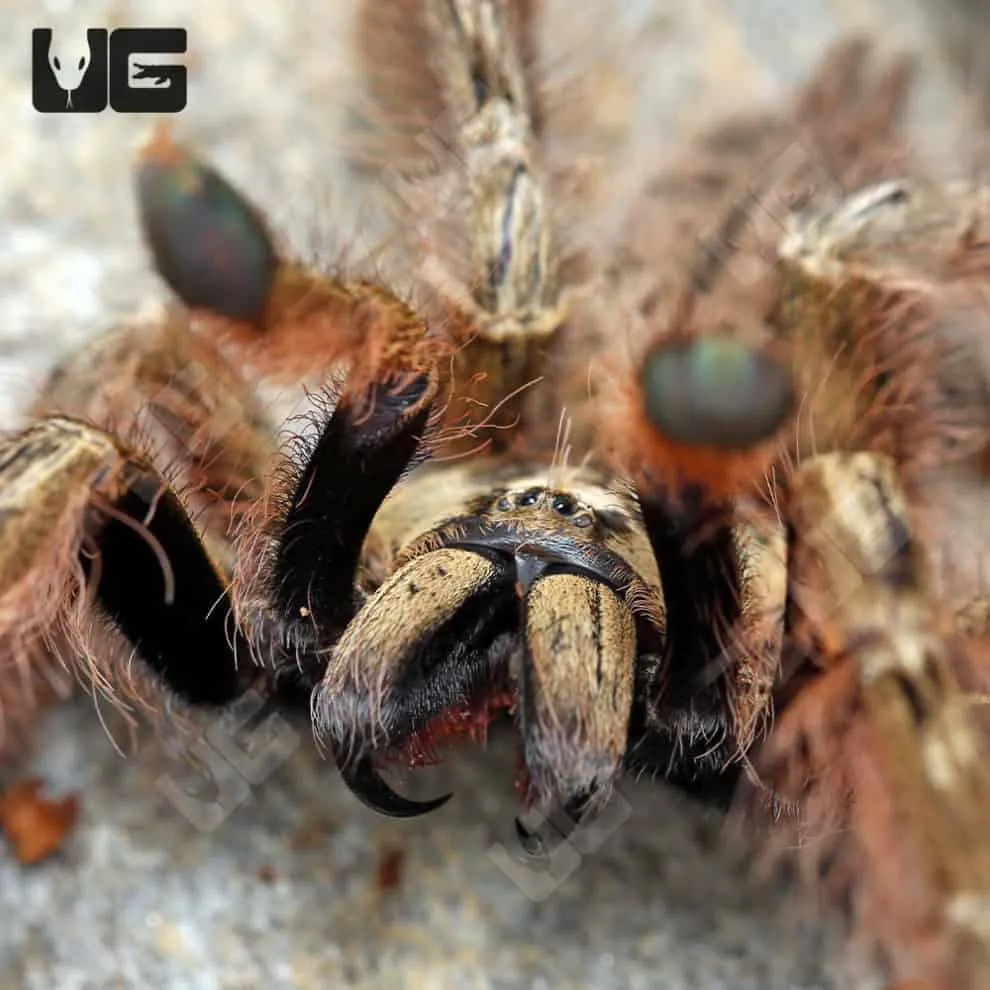What is an Australian Feather Leg Tarantula
The Australian Feather Leg Tarantula, scientifically known as Selenocosmia crassipes, is a fascinating species of spider native to Australia. This impressive arachnid is a popular choice among tarantula enthusiasts due to its unique appearance and relatively manageable care requirements. Known for the distinct ‘feathered’ appearance of its legs, these tarantulas add a touch of exotic beauty to any collection. Understanding the basics of this species is crucial before considering one as a pet. They are known for their defensive behavior, but they are still a spectacular animal to own. This guide will provide you with essential information about their appearance, habitat, care, and other interesting facts.
Appearance of the Australian Feather Leg Tarantula
The Australian Feather Leg Tarantula’s appearance is one of the key factors that make it stand out. The tarantula has a striking look, with a body covered in hairs and the defining feature being the feathered appearance of its legs. This unique characteristic gives it a striking appearance that sets it apart from many other tarantula species. These spiders can be quite large, and their overall build is quite sturdy. These creatures are a sight to behold, and their unique characteristics are certainly something that attracts a lot of people. They are an impressive species, and their distinct characteristics are what make them so alluring to many.
Size and Distinctive Features
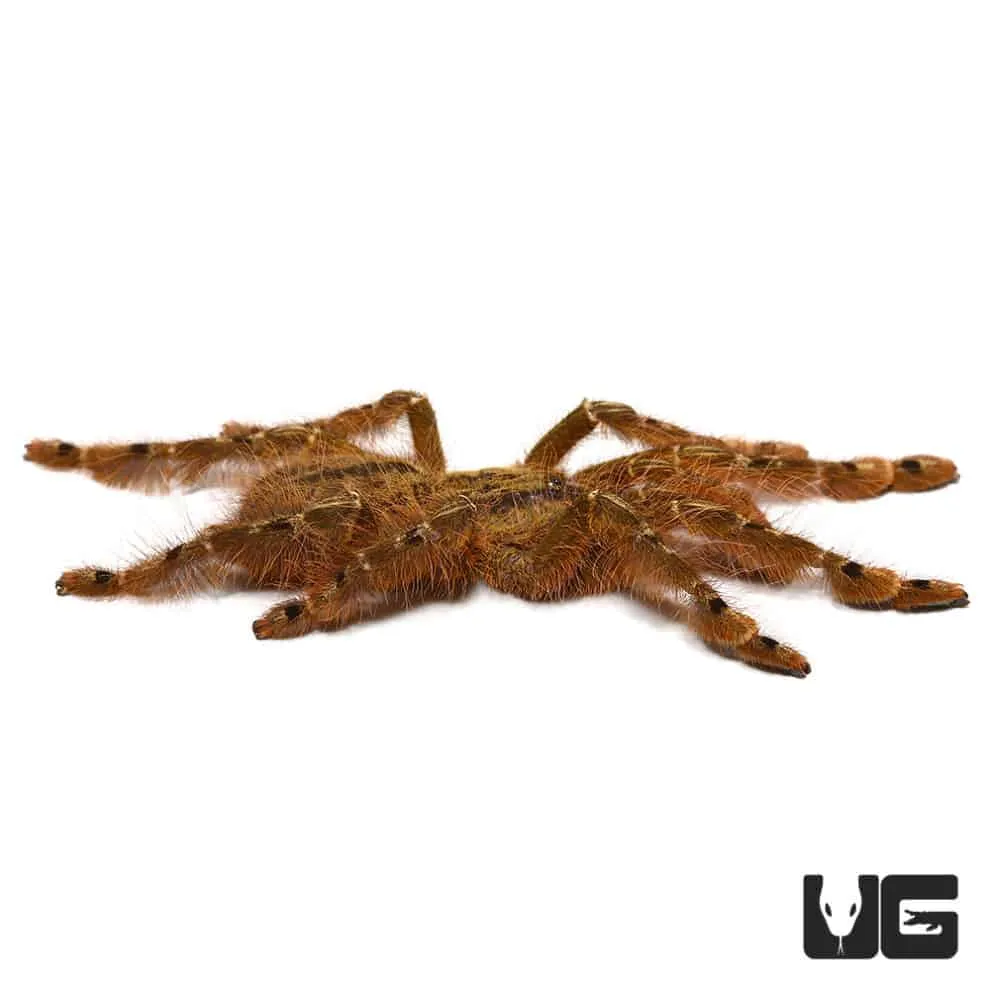
Adult Australian Feather Leg Tarantulas can have a leg span of up to 6 inches (15 cm), with some individuals growing even larger. Their bodies are robust, and their legs are covered in dense, feathery hairs, especially on the tibia and metatarsus. This feathery appearance is believed to help them with sensory perception, possibly detecting vibrations in their environment. They have eight eyes, which are arranged to provide a wide field of vision, helping them detect movement in their surroundings. The combination of size and unique features make them a visually stunning species.
Coloration and Markings
The coloration of the Australian Feather Leg Tarantula can vary, but they typically have a dark brown to black body with reddish-brown or tan hairs on their legs and carapace. Some individuals may exhibit a more uniform coloration, while others have subtle patterns. The abdomen can also feature distinct markings or patterns, although these are often less pronounced than the leg coloration. The contrast between the dark body and the lighter leg hairs creates a visually appealing appearance, making them an attractive species for tarantula keepers. Their colors tend to deepen with age, with some individuals becoming almost entirely black.
Habitat and Distribution
Understanding the natural habitat of the Australian Feather Leg Tarantula is crucial for providing the right environment in captivity. These tarantulas are native to specific regions of Australia, and their needs are closely tied to the conditions in their native environment. Recreating these conditions as closely as possible is important for their health and well-being. They are adapted to a variety of climates within their range, and their behavior is heavily influenced by environmental factors. Proper habitat knowledge will aid you in caring for these wonderful creatures.
Natural Habitat
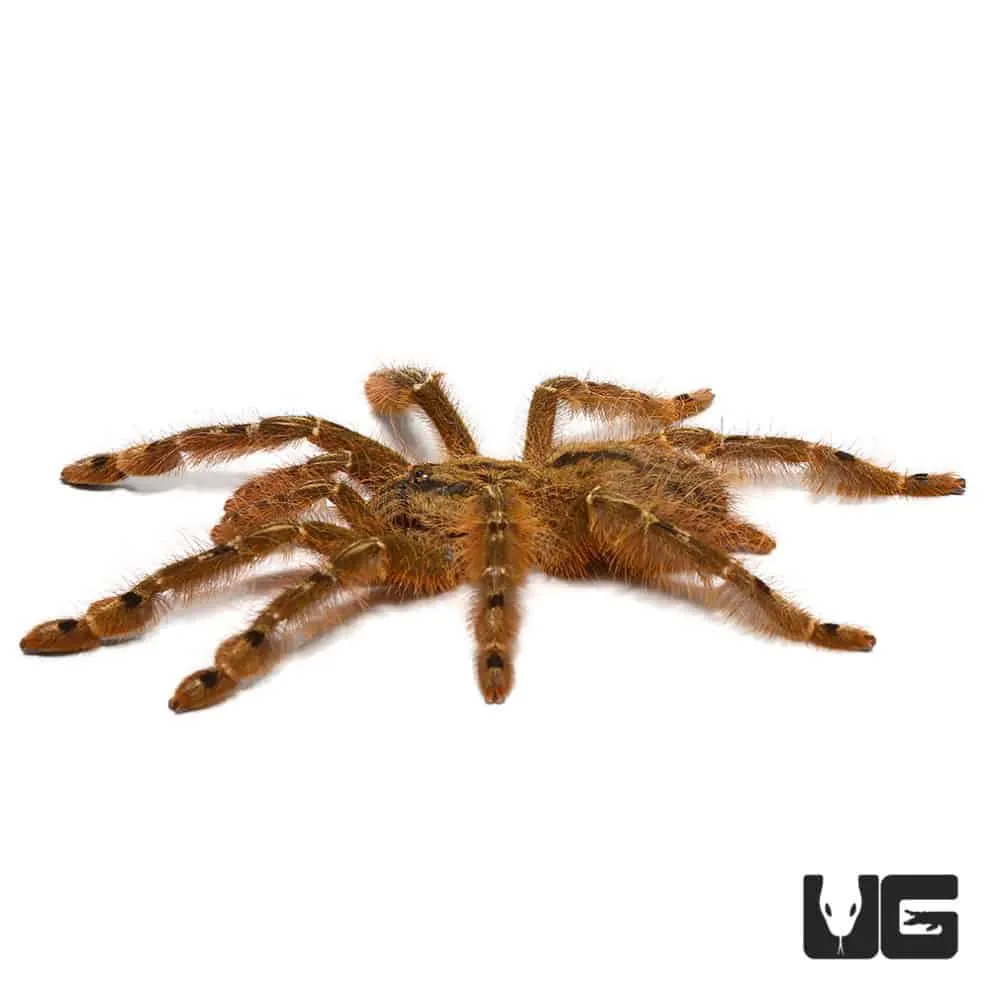
In the wild, the Australian Feather Leg Tarantula inhabits humid, subtropical environments, often found in burrows they construct in the ground. These burrows provide shelter from the elements and a stable microclimate. They prefer areas with ample leaf litter and vegetation, which helps to maintain humidity and provides cover. The tarantulas are commonly found in forests, woodlands, and even suburban areas with suitable soil conditions. They are well-adapted to their environment, with their behavior and physiology closely linked to the availability of shelter, food, and moisture.
Geographical Range
The Australian Feather Leg Tarantula is primarily found in the eastern parts of Australia, including Queensland and New South Wales. Their range extends from coastal regions inland, where they can thrive in various habitats. The specific distribution is influenced by factors such as soil type, rainfall, and temperature. They are not typically found in the drier, more arid regions of the continent. The species’ presence is an indicator of a healthy, diverse ecosystem, highlighting their importance in the local environment. They are an amazing species native to the beautiful country of Australia.
Diet and Feeding Habits
The Australian Feather Leg Tarantula, like other tarantulas, is a carnivore. Their diet consists primarily of insects, and they are opportunistic hunters in the wild. Understanding their feeding habits is essential to provide a healthy and balanced diet in captivity. They are generally voracious eaters, and their growth and overall health are dependent on a consistent food supply. They have amazing feeding habits, and it is something you should learn to do if you plan to keep one as a pet.
Prey and Feeding Frequency
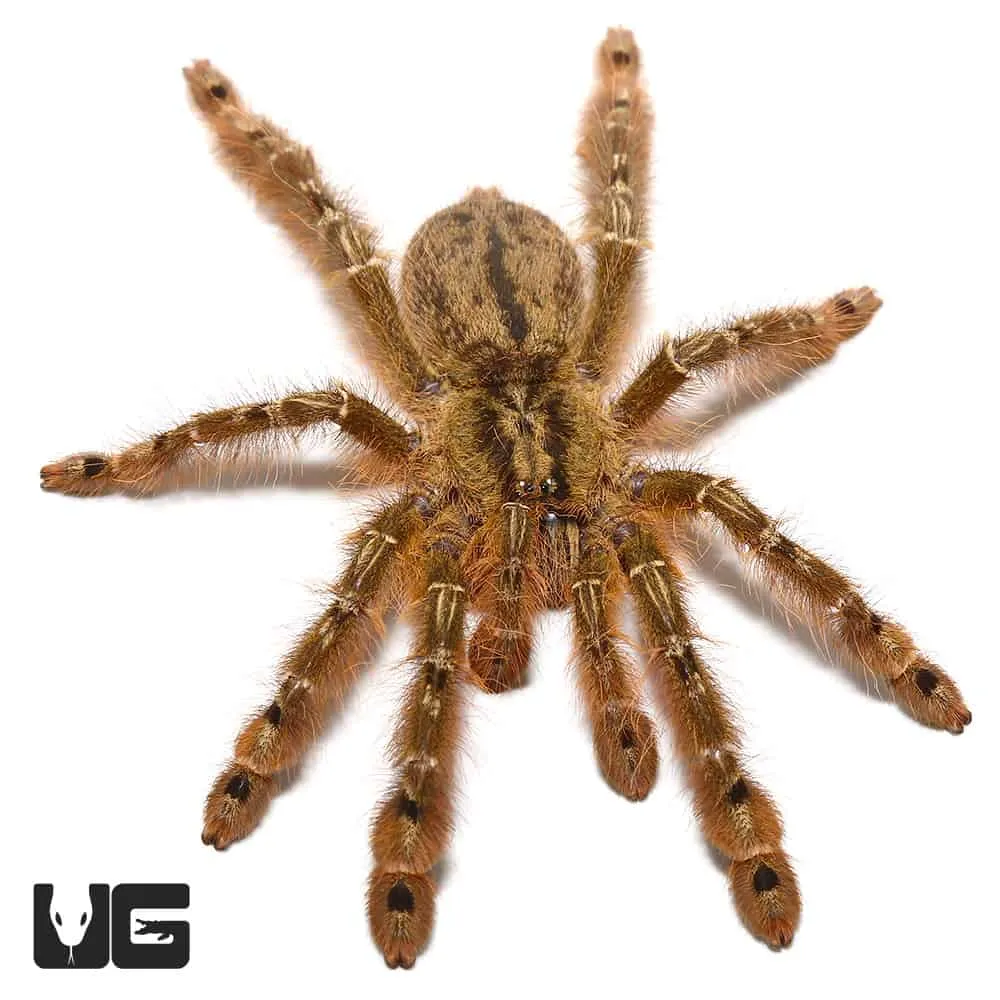
Insects such as crickets, cockroaches, and mealworms make up the bulk of their diet. They will also eat other invertebrates, such as small spiders and occasionally small vertebrates. In captivity, feeding frequency depends on the tarantula’s age and size. Spiderlings should be fed more frequently (2-3 times a week), while adult tarantulas can be fed less often (once a week or every other week). It’s important to remove any uneaten food to prevent the growth of mold or mites. They can also go for long periods without food, especially before a molt.
Feeding Challenges
Sometimes, tarantulas may refuse to eat, especially when they are preparing to molt. Overfeeding can also be an issue, leading to obesity and other health problems. Make sure you provide a varied diet and that the prey items are appropriately sized. It is also important to provide a source of clean water, usually in a shallow dish, so they can stay hydrated. Also, make sure you check your tarantula regularly to identify any issues, like illness or molting. If you are having issues with feeding your tarantula, it is always a good idea to consult with a veterinarian or experienced tarantula keeper.
Behavior and Temperament
The behavior and temperament of the Australian Feather Leg Tarantula can vary, but they are generally considered to be defensive and fast. Understanding their behavior is critical for safe handling and providing an appropriate environment. While they are fascinating creatures, their defensive mechanisms should always be kept in mind. Observing their behavior can help you anticipate their needs and avoid potential issues. Their behavior can also change as they age, and this is important to consider when caring for them. They are amazing creatures, and understanding their behavior can help you appreciate these creatures more.
General Behavior
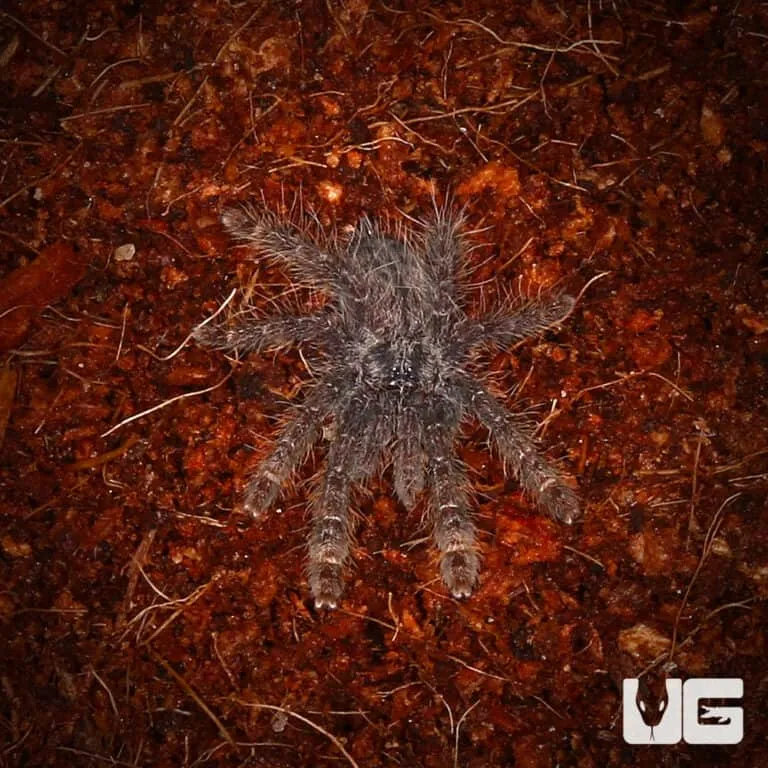
These tarantulas are primarily nocturnal, meaning they are most active during the night. They tend to spend most of the day hidden in their burrows or under cover. They are ambush predators, waiting for prey to come within striking distance. They are known to be relatively fast, especially when threatened. This speed helps them capture prey and escape from perceived threats. When kept in captivity, they generally acclimate well to their environment, but they can become stressed if not provided with the right conditions or if frequently disturbed.
Defensive Mechanisms
Like most tarantulas, the Australian Feather Leg Tarantula has several defensive mechanisms. Their first line of defense is often to flee or hide. If they feel threatened, they may raise their front legs and display their fangs as a warning. They can also flick urticating hairs from their abdomen, which can cause skin irritation. Bites from these tarantulas are not typically life-threatening to humans, but they can be painful. It is very important to handle them with caution and avoid actions that may be perceived as threats. Always be careful when handling them to avoid getting bit.
Care and Keeping
Providing the correct care for an Australian Feather Leg Tarantula involves creating a suitable environment that mimics their natural habitat. Proper enclosure setup, temperature and humidity control, and appropriate substrate are essential for their health and well-being. These aspects are crucial for ensuring your tarantula thrives in captivity. Careful attention to these details will help you provide a healthy and enriching environment. They are beautiful creatures, and by following these tips, you can help provide the best possible life for your tarantula.
Enclosure Requirements
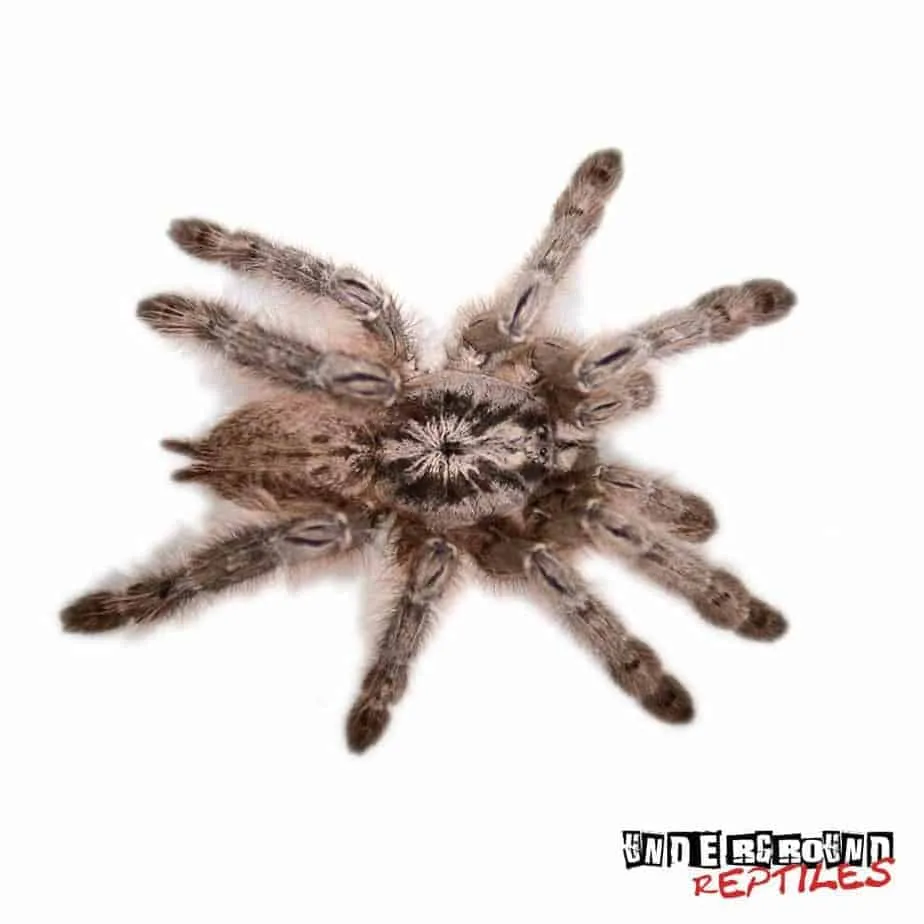
A well-ventilated enclosure is essential. The size of the enclosure should be appropriate for the tarantula’s size; a 10-gallon tank is usually sufficient for adults. The enclosure should have a secure lid to prevent escape. It’s crucial to avoid placing the enclosure in direct sunlight or near heat sources, which can cause overheating. Provide plenty of space for them to move and explore their surroundings. The enclosure should also be easily accessible for cleaning and maintenance. They are important considerations when setting up a tarantula enclosure.
Temperature and Humidity
Maintaining the correct temperature and humidity levels is crucial for the tarantula’s health. The ideal temperature range is between 75°F and 85°F (24°C to 29°C). A heat mat can be used to provide a gentle heat source. Humidity should be maintained between 60% and 70%, which can be achieved by misting the enclosure with water regularly. It’s important to monitor both temperature and humidity using a thermometer and hygrometer, respectively. Too much humidity can lead to mold growth, while too little can cause problems with molting. By carefully monitoring and adjusting the environment, you can ensure your tarantula’s well-being.
Substrate and Decor
The substrate should be deep enough for the tarantula to burrow. A mixture of coconut fiber, peat moss, and vermiculite works well, providing good moisture retention and allowing the tarantula to dig. Provide hiding places such as cork bark, artificial plants, or other decorations. Avoid sharp or rough items that could injure the tarantula. The substrate should be kept clean and changed regularly to prevent the buildup of waste and bacteria. Proper substrate and décor are key for providing a comfortable and enriching environment for your tarantula.
Lifespan and Reproduction
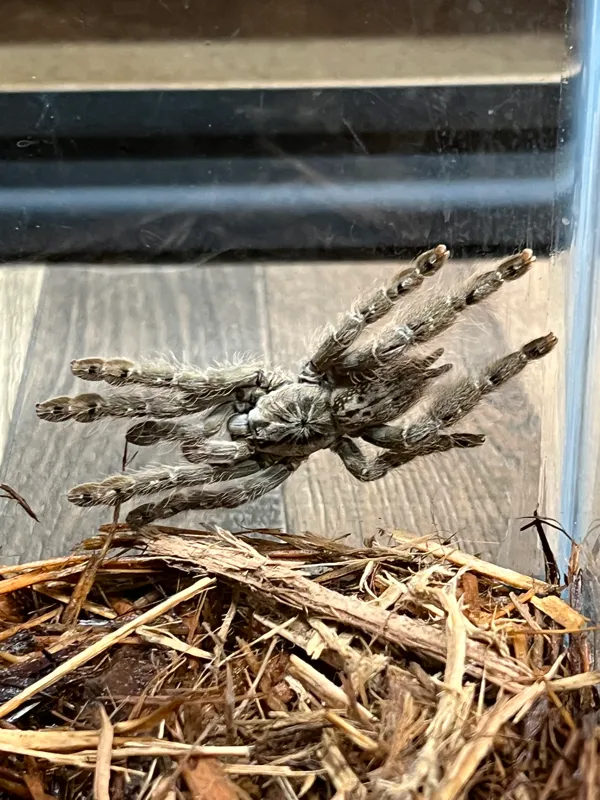
Understanding the lifespan and reproductive habits of the Australian Feather Leg Tarantula is essential for responsible pet ownership. These aspects of their biology help shape their care requirements and provide insight into their natural behaviors. Their lifespan and reproduction are critical pieces of information for anyone considering this species as a pet. It is also a fascinating topic to learn about, especially for enthusiasts who are fond of the species.
Lifespan
Female Australian Feather Leg Tarantulas can live for 15 to 20 years, while males typically have a much shorter lifespan, around 5 to 7 years. The longer lifespan of females means they will likely be your companion for quite a while. The lifespan can be affected by factors such as diet, environment, and overall health. Ensuring that the tarantula is provided with appropriate care and proper living conditions can help to maximize their lifespan. They are amazing creatures, and their lifespan is something to consider if you are thinking of keeping one as a pet.
Breeding
Breeding Australian Feather Leg Tarantulas requires specific knowledge and conditions. It’s generally recommended for experienced keepers due to the complexities involved. Successful breeding involves providing the right environment, including appropriate temperature, humidity, and a proper diet. Mating behavior can be complex, and there is a risk of the female attacking the male. The female will lay eggs in an egg sac, which she guards until the spiderlings hatch. The spiderlings require specialized care, including proper feeding and housing. For those interested in breeding, extensive research and preparation are essential.
Conservation Status
The conservation status of the Australian Feather Leg Tarantula is generally considered to be of least concern, but it’s still important to monitor their population. Habitat loss and environmental changes pose potential threats to their long-term survival. Responsible pet ownership, including purchasing tarantulas from reputable breeders, can help reduce the pressure on wild populations. Supporting conservation efforts and staying informed about their natural habitats are vital for protecting these fascinating creatures for future generations. Continuing to monitor their populations and providing them with good habitats are important for the survival of this species. It’s important to protect these amazing creatures and continue to support them in any way you can.
